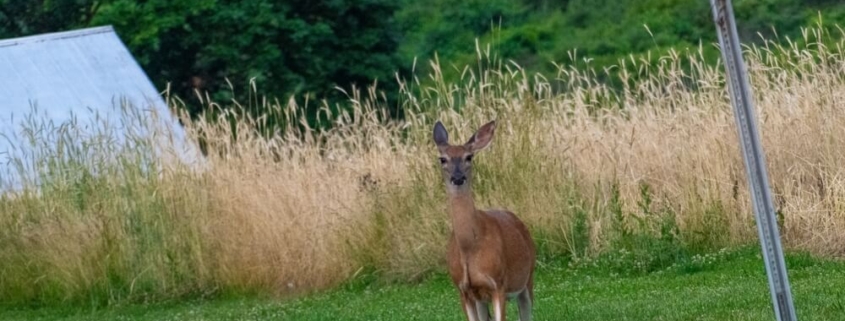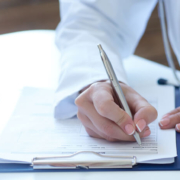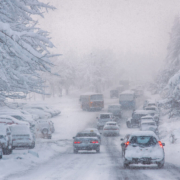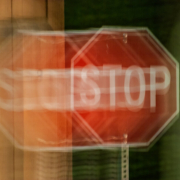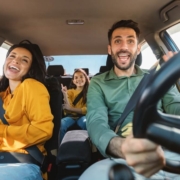Beware of Deer on Alabama Roadways: Ways to Stay Safe as the Days Are Getting Shorter
Residents of Alabama are starting to enjoy shorter days, slightly cooler weather, and fall decorations everywhere. While fall is a time to prepare for the holidays and celebrate the return of the school schedule, it’s also a time when deer are considerably more active. Whenever you hit the road in Alabama, particularly in the state’s rural areas, you always run the risk of hitting a deer. Whether you hit a deer or a deer runs into your vehicle while crossing the road, substantial damage may follow.
In some cases, car accidents involving wildlife do have a liable party. Find out if you have a case by calling the Montgomery personal injury lawyers of McPhillips Shinbaum at 334-262-1911.
Why Deer Collisions Are More Common in Fall
This seems to be the worst time of year for an uptick in animal activity—with the days getting shorter, visibility is limited, and taking evasive action is incredibly difficult. Unfortunately, there are numerous factors contributing to the increase in deer-related accidents.
Fall is mating season for deer, so you can expect them to be much more active in the coming months. Their peak activity times are dawn and dusk, which also happen to be some of the worst times for visibility. As they seek out potential mates, the likelihood of crossing the road is much higher.
This time of year also marks the start of hunting season. The sudden presence of human beings within deer’s natural habitat can disrupt their natural habitats and cause them to migrate, leading to a flurry of activity near local highways.
The end of Daylight Savings Time causes earlier sunsets across the country, affecting the actual time at which commuters are going to and from work. You have more cars on the road at peak deer travel times and deer moving more frequently—an increase in crashes is inevitable.
Minimize the Risk of Accidents
Knowing that you’re likely to come across your share of deer in the months to come, what can you do to keep yourself safe? First and most importantly, stay alert. No amount of technology or advice can take the place of an attentive and well-rested driver. Remember when deer are most active and be hyper-vigilant during these times.
Be aware of deer crossing signs along your route. These signs are placed after extensive research by local wildlife experts who determine common crossing areas for deer. When you start seeing deer crossing signs, consider slowing down and scanning the edges of the road more often.
Try to avoid swerving out of a deer’s way if it crosses your path. This can actually. Be more dangerous than hitting it, since you risk hitting other vehicles and causing a chain reaction. If a deer crosses your path, hit the brakes and lay on the horn to hopefully scare it out of your path.
Remember that deer often travel in groups. If you see one crossing the road, be aware that more may follow. Take your time, slow down, and watch the side of the road.
What to Do After an Accident
Accidents happen, no matter how careful and attentive you are while driving. If you do hit a deer, check yourself for injuries and move your vehicle to the side of the road if it is drivable. This prevents vehicles approaching from behind from hitting you and causing even more damage.
Avoid approaching the deer if it is injured but not dead. Wounded animals can be unpredictable and you don’t want to get hurt. Consider calling the local police or animal control department so they can provide assistance.
Document the collision the best you can; your insurance company will want proof that the crash was wildlife-related before they pay out your claim.
Explore Your Legal Options with McPhillips Shinbaum
If you believe your accident was caused by a negligent driver, you could be entitled to compensation. Our team of personal injury attorneys is ready to help you explore your options and fight for the compensation you’re owed. Schedule your free consultation now by sending us a message online or calling us at 334-262-1911.

